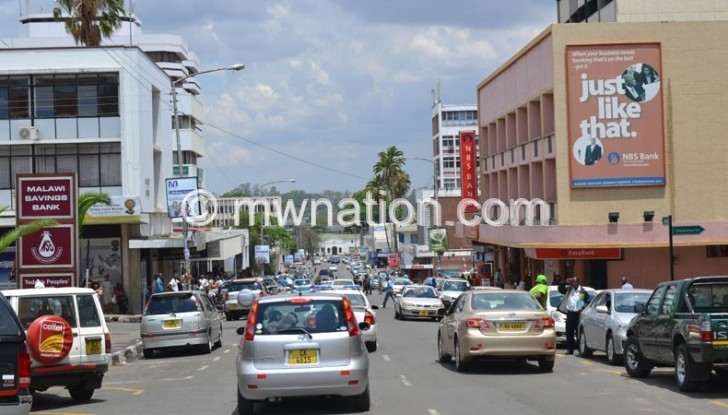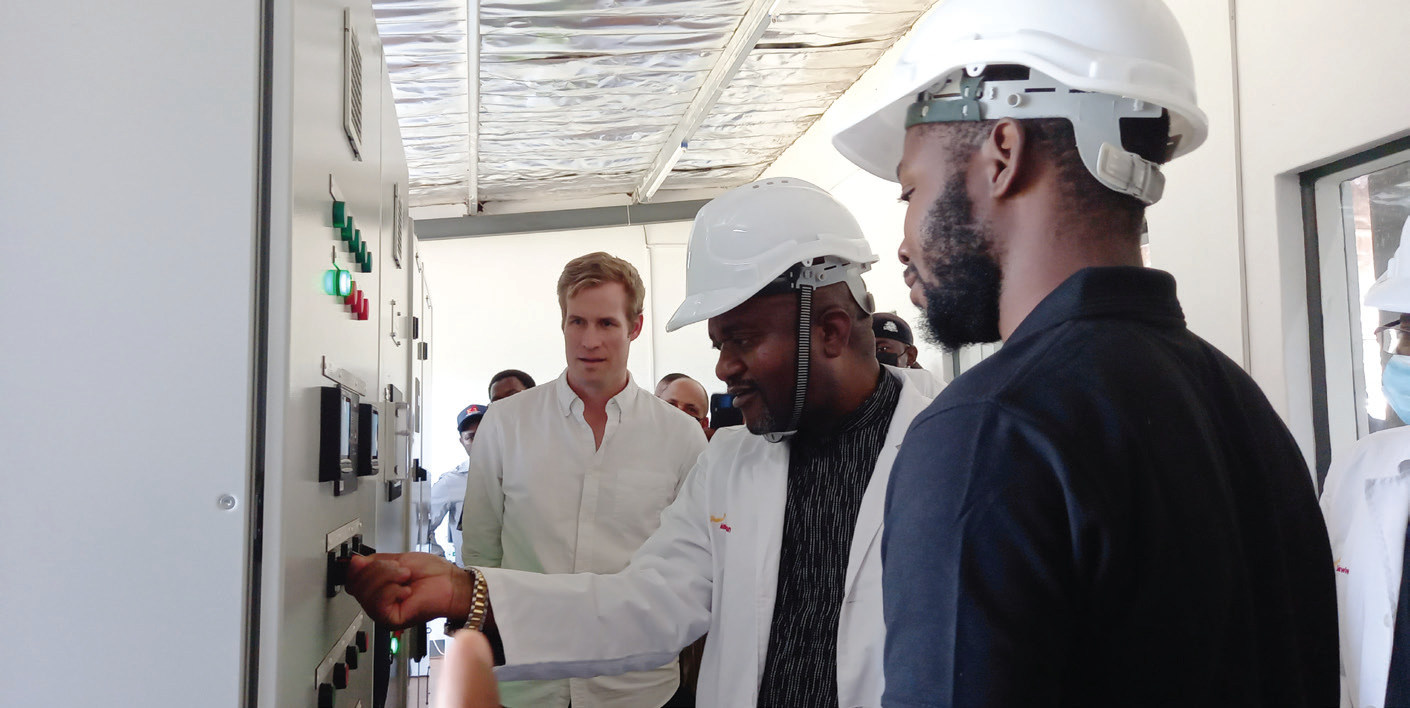The World Bank has bemoaned Malawi’s development trajectory, stating the country continues to rely on subsistence, rain-fed agriculture, which is limiting growth.
The slow growth, the bank says, is increasing fiscal pressure on government; hence, the country continues to witness a surge in public debt, now hovering around K6.7 trillion or about 55 percent of gross domestic product (GDP).
Blantyre City growth mirrors the country’s
development trajectory
The bank, in it s country overview for Malawi published on its website, further said trade policies and the business environment continue to impede investment and commercialisation.
The report reads in part: “Public investment has been low, offset by large and increasing subsidies to maize production.
“Weak fiscal management and economic policies have contributed to recurring and increasing fiscal deficits, which have been largely funded by high-cost domestic borrowing and resulted in a surge in public debt.”
The World Bank fears that continued borrowing will further reduce fiscal space for development spending and risks crowding out private sector investment.
Gwengwe: We are
reviewing all debts
It said the December 2021 Debt Sustainability Analysis indicates that Malawi’s external and public debt is both at high risk of distress and that the debt is unsustainable.
“Ri s ing domes t i c financing and borrowing from regional development banks on a non-concessional basis have significantly increased Malawi’s public debt from 32 percent in 2013 to 55 percent of GDP in 2020,” the report adds.
In an interview, University of Malawi economics professor Ben Kaluwa said there is need for fiscal authorities to look at and address the pressure points of ballooning debt, especially in the recurrent budget where civil servants’ salaries take up a huge chunk of the budget.
He said: “It is like we have been taken by surprise all the time. There is nothing strategic about how we manage debt.”
In an earlier interview, head of economics at Catholic University of Malawi Hopkins Kawaye, said the country was failing to live within its means; hence, government’s heavy borrowing to satisfy campaign promises.
“The campaign promises have seen government increasing the tax-free, and duty-free week, but that means reducing the tax base because government is no longer collecting as it used to.
“That is what is pushing them to keep on borrowing and if that continues, we will reach levels where it will not be sustainable beyond the current level.”
In his 2022/23 National Budget Statement in February, Minister of Finance and Economic Affairs Sosten Gwengwe told Parliament that debt management will be at the centre of budget implementation.
He said his ministry is currently reviewing its domestic debt profiles with a view of restructuring debt towards a longer maturity period, which will address the current debt sustainability concerns.
“Government will engage its external creditors to restructure some of the loans. My ministry will intensify efforts to refinance all expensive and near-maturing debt using cheaper debt to create fiscal space.
“This will enable government to have resources for financing exports enhancing projects such as in the mining sector,” said Gwengwe.
Treasury figures show that as at December 31 2021, total public debt stock stood at K5.8 trillion, or 56.8 percent of the rebased GDP, as compared to a stock of K5.45 trillion, or 58.8 percent of GDP in June 2021.
At the end December 2021, total public debt stock comprised K2.8 trillion (27.3 percent of GDP) external debt and K3.04 trillion (29.5 percent of GDP) domestic debt.
In the 2022/23 financial year, revenue and grants are projected at K1.96 trillion while expenditure is pegged at K2.84 trillion with a projected fiscal deficit of K884 billion, which means government will be forced to borrow and move the debt to K6.7 trillion.
Malawi’s public debt has increased rapidly since the country got a relief of its external debt in 2006, when 90 percent or $2.6 billion of its $3 billion foreign debt was written off under the Highly Indebted Poor Countries initiative (Hipc).
The post Malawi’s slow growth worries World Bank appeared first on The Nation Online.
 Moni Malawi
Moni Malawi 

